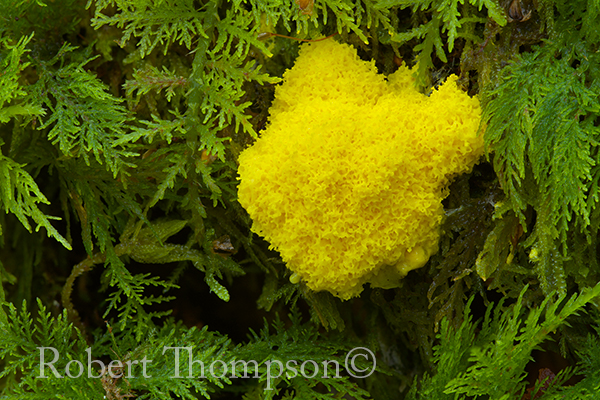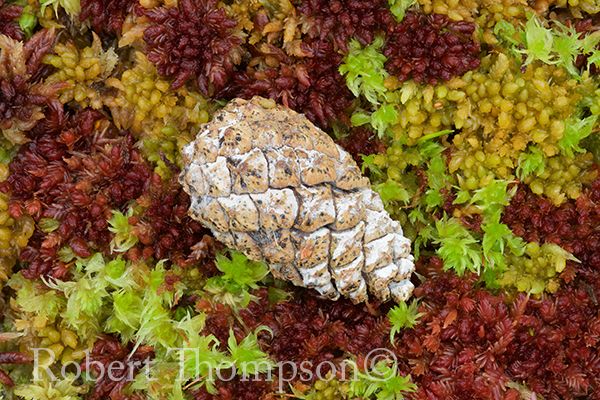Autumn in close-up
Our Indian summer appears to be at an end; the temperatures for this time of the year were certainly unseasonal. I spent a day at one of my favourite locations, hoping to photograph any last fungi before the cold begins to set in. I am still in need of a few images for the section on fungi for my up and coming project, which I hope to complete by the summer of next year.
It has been a strange year for fungi, many of the larger species have bearly put in an appearance, which seems to be the case in other places to. In recent years, there has been drastic increase in fungi collecting. This is giving cause for concern among rangers and managers of National Nature Reserves. Many well-known woodlands that are noted for their richness and diversity of species, have fallen victim to the collectors and being striped of everything that comes within their radar; the majority of the species that are collected simply end up in the bin. Unfortunately, I have witnessed this for myself on a few occasions, observing individuals walking round with bags, gathering virtually everything they see.
The authorities on a number NNR’s are now beginning to take this seriously and hopefully they will be discouraging individuals form collecting on their nature reserves. I have revisited a number of sites that in the past were extremely rich, now on recent visits, they have produced little of interest, especially in terms of larger species.
Below are some examples from my field trip. Some still require identification, which I will attend to in the coming days.
Nikon D810, 200mm micro nikkor lens@ f16, ISO 200, fill-flash, tripod.
Nikon D810, 200mm micro nikkor lens@ f11, ISO 200, tripod.
Nikon D810, 200mm micro nikkor lens@ f16, ISO 200, fill-flash, tripod.
Nikon D810, 200mm micro nikkor lens@ f16, ISO 200, flash, tripod.
I found this species with slug damage. I lit the upper side with full flash, but had focused on the gills on the underside of the cap. It technique can produce an unusual effect.
Nikon D810, 200mm micro nikkor lens@ f16, ISO 200, fill-flash, tripod.
I have come across this species a quite a a number of occasions this season, but I still can’t resist photographing it!
Nikon D810, 200mm micro nikkor lens@ f16, ISO 200, tripod.
I have seen a lot of Amethyst Deceivers this season ranging in size from around a centimetre to about 7 centimetres in a wide variety of settings. There were several growing among a large clump of cladonia on acid ground at the edge of a birch woodland.
Nikon D810, 200mm micro nikkor lens@ f16, ISO 200, fill-flash, tripod.
Although visually attractive as photographic subjects, the venacular names often given to this group do not reflect their beauty. Slime mould is an informal name associated with several kinds of unrelated eukaryotic organisms that can live freely as single cells, but aggregate together to form multicellular reproductive structures. Slime molds were formerly classified as fungi, but are no longer considered part of that group. The image below shows at higher magnification the complex structure. They are extremely fragile and easily damaged.
Nikon D810, 105mm micro nikkor lens, + 2x converter @ f16, ISO 200, fill-flash, focusing rail and tripod.
Nikon D810, 200mm micro nikkor lens@ f8, ISO 200, tripod.











